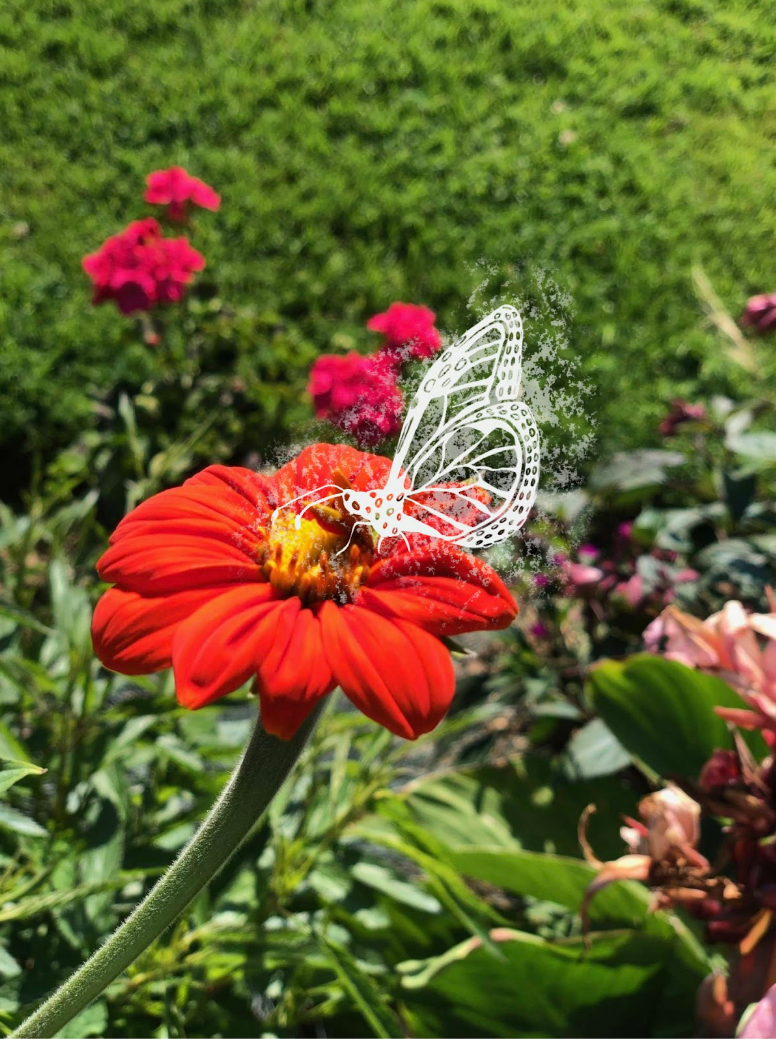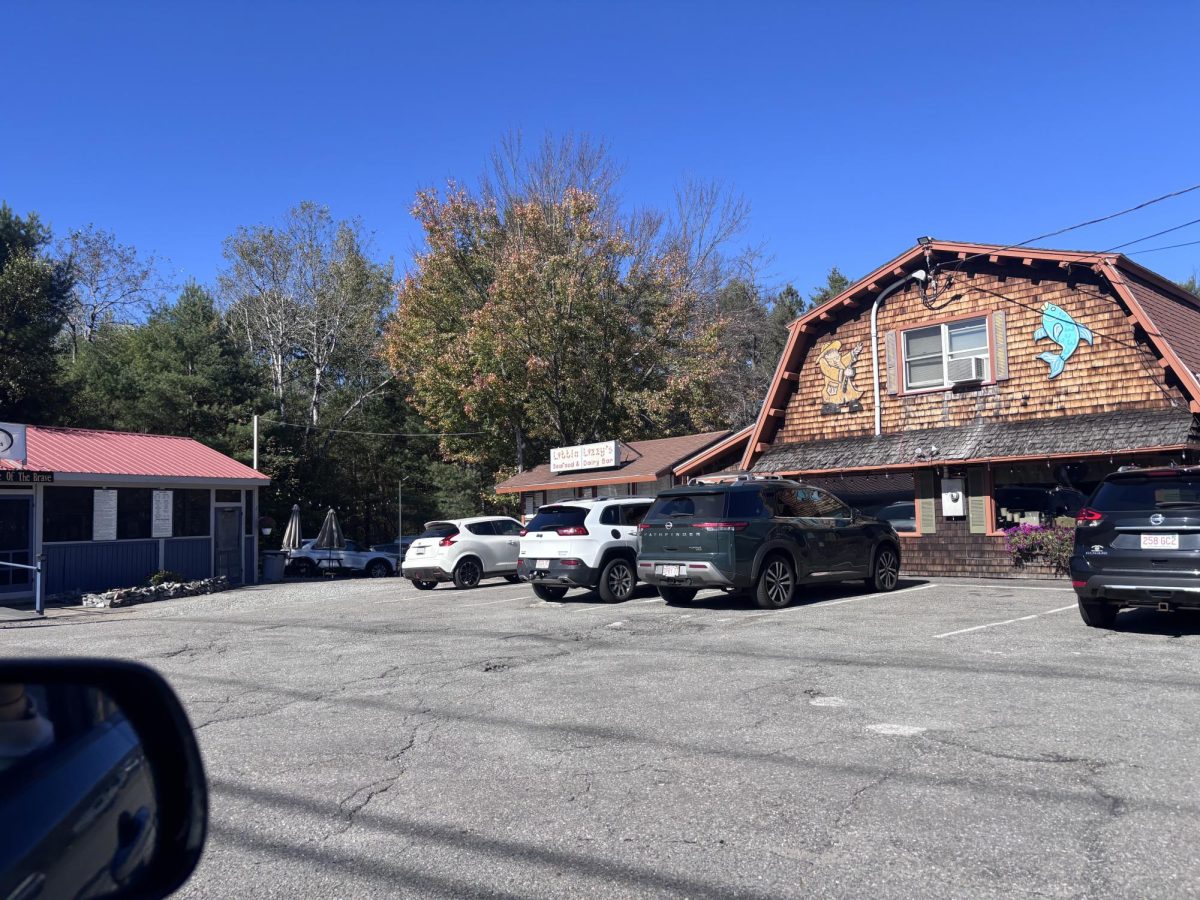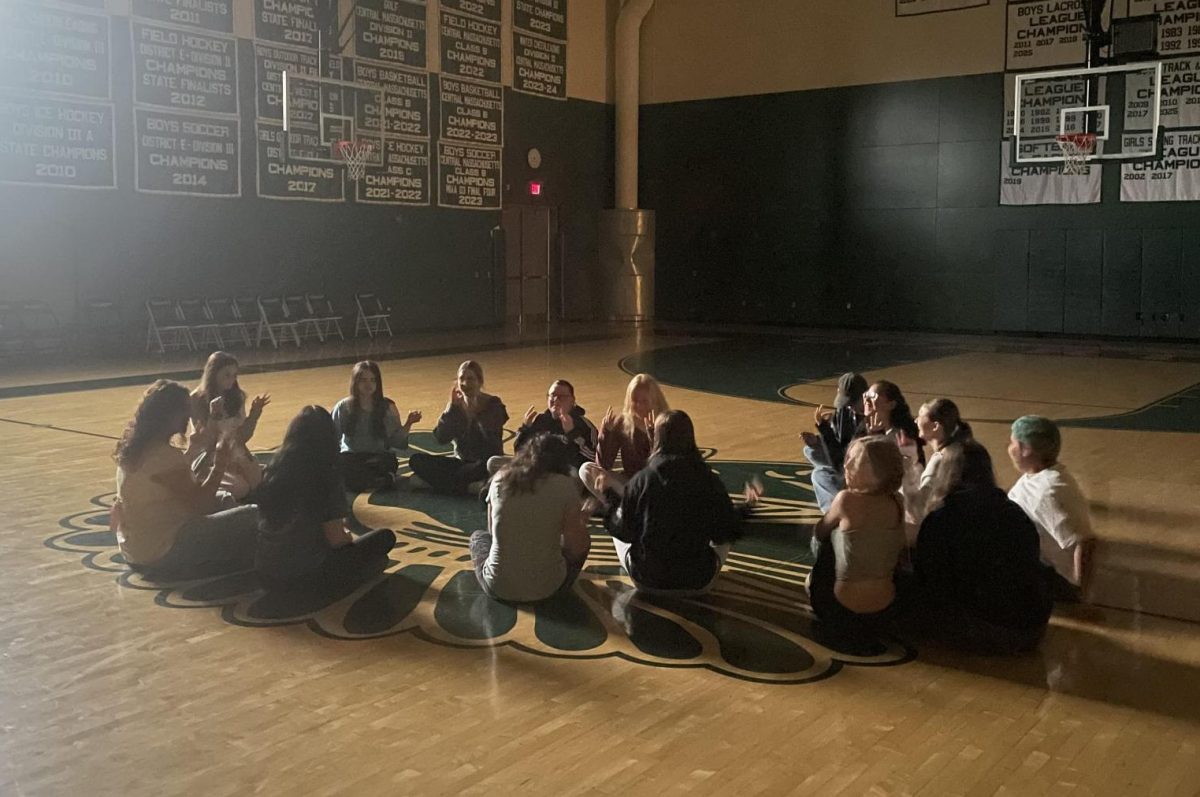When I was in elementary school, my class was tasked with searching for milkweed plants around our neighborhoods and then bring into school. That was because our assignment was to raise monarch caterpillars and watch them metamorphose into butterflies. Milkweed is the monarch’s main food source, as well as the location where they lay their eggs.
The search for milkweed was an easy task for me because I knew there was a patch that grew just on the edge of my driveway. My heart grew two sizes larger having a monarch butterfly of my own to watch grow in the green mesh cages my teacher provided. I still remember, to this day, around 10 years later, when they emerged from their chrysalis as butterflies and began flying around the same cage.
We were taught that monarchs were endangered and needed help. I remember searching for the caterpillars amongst the milkweed. They were easily recognizable with yellow and black stripes, and little black feet. But now, I noticed the milkweed that once grew just on the edge of my driveway had vanished. I noticed that I hadn’t seen a caterpillar with those little black feet, or for that matter, a monarch butterfly, in years. They used to be so abundant when I was in elementary school just a little more than 10 years ago. Where did they all go?
According to an article by Xerces Society, as of 2024, it has been estimated that the population of monarchs from central Mexico has dwindled by about 80% and by about 95% since the 1980s in coastal California. Currently, the estimated number of monarchs that inhabit North America is 200,000, but it is nothing compared to how many used to live before the 1990s.
Monarch butterflies are not listed as endangered under the United States by the Endangered Species Act, nor are they federally protected. One remarkable and notable thing about monarch butterflies is that they migrate each year, going from Canada or the United States, usually ending in either central Mexico or coastal California. They typically fly a total of 3,000 miles to the south, starting between August and October. In the late 1990s there were an estimated 700 million monarch butterflies that migrated over winter.
The 1990s marked a point in monarch history since the number of monarchs has been steadily decreasing since then. There is no one specific cause for the decrease, but there are a variety of factors that are contributing.
Logging and development
When monarchs migrate, they rely on their overwintering sites, which are special groves of trees or shrubs like eucalyptus or Monterey pines, where they cluster together to wait out the winter season. However, logging and development in their unprotected overwintering sites cause the number of sites to dwindle or have made them lower in habitat quality. Because of this, numerous and some well-known overwintering sites have recently been damaged and lost due to household developments.
Overwintering is crucial for the well-being of the monarch butterfly population since the vast majority of eastern and western monarch butterflies migrate to the sites each year. The only exception is a small population of monarchs that live in Southern Florida.
Pesticides
The use of insecticides harms the monarch population for obvious reasons. Harmful levels of insecticides, fungicides, herbicides, and more, have been found in several milkweed plants at various sampling sites, even in sites that were not treated directly. As an example, an insecticide called Monsanto’s RoundUp is specifically recommended for the removal of milkweed.
In an article done by Beyond Pesticides, farming sites that have used Roundup Ready have nearly eradicated milkweed in vital midwestern breeding grounds. Even in instances where people use insecticides on milkweed directed towards controlling the mosquito population, they expose the monarchs to the chemicals. The milkweed is crucial in the early stages of monarch development.
Milkweed is where monarchs lay their eggs to hatch into larvae, developing further to become a caterpillar. With the dwindling number of milkweed plants, the development of monarch butterfly eggs is at risk. Not only do pesticides harm the milkweed population, but they also harm plants that carry nectar and pollen.
A certain group of insecticides called neonicotinoids, when used, get absorbed into the plants directly, then making the plants toxic to most insects and pollinators that feed on them. For them, making contact with these plants can be harmful, and in some cases, there are lethal or sublethal consequences.
Climate change
While there is limited information on the direct effects climate change has had on monarchs, several qualities of monarch butterflies would cause their populations to suffer due to the effects of climate change. One quality that monarchs heavily rely on is environmental cues. Specifically changes in temperature, which serves as a signal to reproduce, migrate, and hibernate.
While climate change is steadily occurring across the world, according to Stanford Report, predictable seasonal temperatures as well as weather patterns may begin to change and therefore become more unpredictable. The ability of monarch butterflies to adapt to climate change will determine their future, as well as depend on the milkweed’s ability.
Climate change also puts their overwintering habitats at risk through the effects of increased frequency of extreme weather events such as extreme droughts, severe storms, or extremes in hot and cold temperatures. A petition to protect the monarch butterflies under the Endangered Species Act, done by the Center for Biological Diversity, relays that several scientists are currently predicting that the overwintering habitats in Mexico will become unsuitable for monarchs and may require them to find new grounds.
Why care?
Monarch butterflies are not protected by law or under the Endangered Species Act. However, if the dwindling monarch population is of concern to you, there are many simple things you can do to help them. For example, you can plant milkweed or other flowers which carry nectar. There are several options for native beautiful flowers that provide nectar not just for monarchs but for butterflies and pollinators of all kinds, like bees. This simple act encourages an entire ecosystem to thrive (Link to a list of flowers native to MA).
Monarchs are important to the environment simply because they are integrated into the earth’s system. They pollinate several types of wildflowers, and though unfortunate, they play a part in the circle of life by being a good food source for birds, small animals, and other insects. The lowering numbers of monarchs would greatly disrupt the cycle, and even though they are not marked as endangered, they are debatably following a path toward extinction, and are only protected and helped by a handful of national parks and reserves.

















